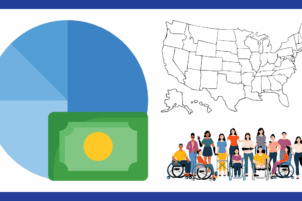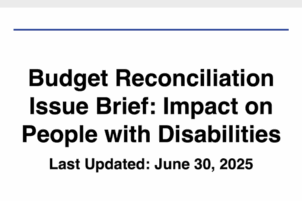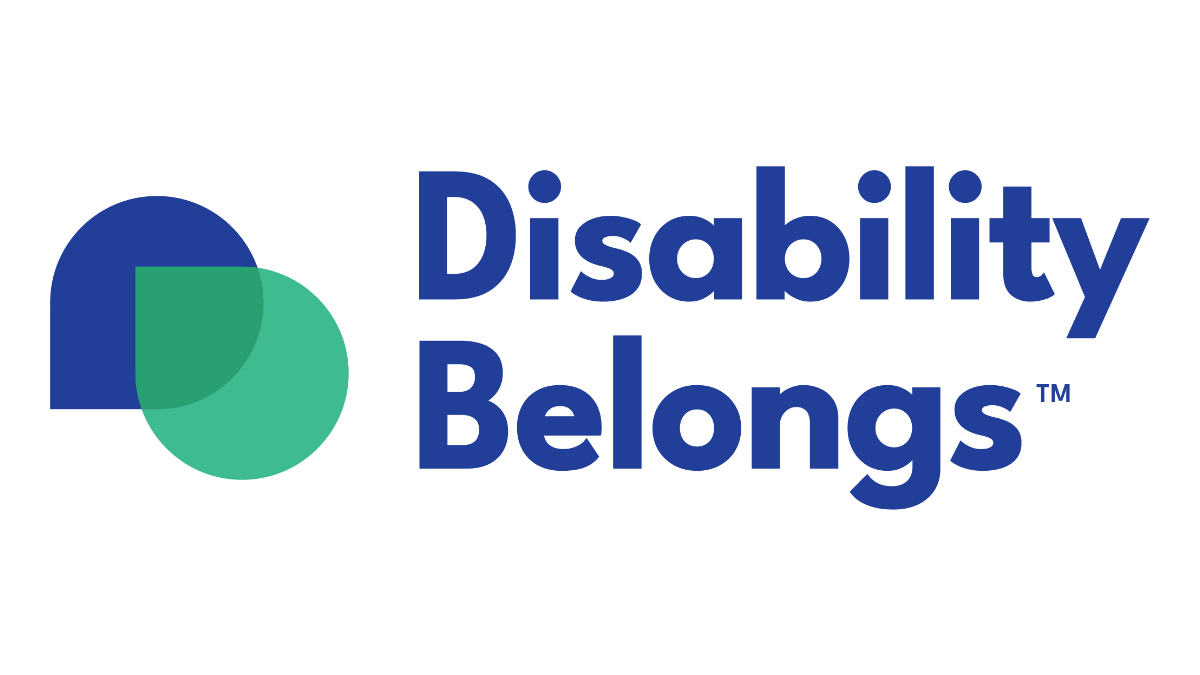What do you think about when you are shopping for clothes? Maybe you like wearing specific colors, or have a go-to brand, or perhaps you are thinking about a special event. For many disabled people, while all of that is important to take into consideration, many other factors go into deciding whether to purchase an item of clothing. A pair of jeans might look great on the rack, but how easy are they to put on? Can the buttons on that shirt be fastened without needing to ask for assistance? This outfit looks great, but are the seams and the fabric sensory-friendly? These questions just scratch the surface of the problems that the adaptive fashion industry is trying to solve.
Adaptive fashion is clothing modified with certain features to fit the needs of disabled consumers. There are various types of adaptive clothes to cater to the different types of disabilities.
Several adaptive lines, such as Tommy Hilfiger’s Tommy Adaptive, categorize the pieces of clothing in the line by the solution they present. On the Tommy Adaptive website, consumers can find jeans with expanded leg openings that are fit for prosthetics, t-shirts that allow for port access, and a button-down cardigan sweater with a concealed magnetic closure for customers who have dexterity challenges. It is evident that the designers did their best to keep all different types of support needs in mind. But of course, there are limitations.
Julian Gavino, one of the current National Leadership Program Fellows at RespectAbility, was a consultant and model for Tommy Adaptive and JCPenney’s adaptive line. Gavino said “when I was working with these brands, universal design was the big term. Then they had to switch over to equitable because we realized that there isn’t one thing that works for everybody.”
Another challenge in adaptive fashion is that just because an adaptive feature works doesn’t mean that the feature is without flaws. As Gavino points out, “Magnets and Velcro work but I don’t love them. Magnets can pinch you or they can close too quickly. Velcro wears and tears and doesn’t last long.”
It is also important that the clothes are as fashionable as they are functional. Disability fashion stylist Stephanie Thomas famously pointed out that “we have more clothing in stores for dogs than we do for people with disabilities.” Thomas developed the Disability Fashion Styling System, which says that clothing that is purchased must be accessible, smart, and fashionable. But it can be hard to find garments that fit all three descriptors.
“When I was younger, adaptive clothing was very ‘hospital-chic,’” Gavino said. “We’ve come a long way, but I think there needs to be more interesting styles, not just jeans and a t-shirt. It just seems like we don’t get the same things.”
One step to making it so that disabled people have more options that are functional, but also stylish and trendy, is having more representation in the fashion industry. It is no secret that the world of fashion has long been exclusive and narrow-minded about who models are and what they should look like. However, things are slowly changing. This month is New York Fashion Week; where designer Keisha Greaves will be showing her adaptive line, Girls Chronically Rock. Last summer, adaptive swimsuits from Greaves’ line were shown at Miami Swim Week. It was the first time Miami Swim Week featured an entirely adaptive line. The swimsuits were perfectly on trend, looking like they came straight out of the Barbie movie with a hot pink one-piece and leopard print swim trunks, equiped with Velcro closures.
As far as what the future holds for making clothing accessible to all, Gavino is optimistic. “I hear from my agency and lots of people in the fashion industry that [adaptive fashion is] the next big thing…I do have two more things that I am possibly set to consult on that are for two other major brands. So, it kind of does seem like it’s the next frontier.”
On a promising note, that next frontier can already be seen at a globally top ranked design college. Fashion design students at Parson’s School of Design in New York City have the chance to learn about creating adaptive fashion through partnerships with other non-profits who focus on inclusion in the fashion space. Mentors come to each class to contribute their ideas and give the students an understanding of how their disabilities affect their lifestyles. This program may be unique now, but if other design schools follow their lead, perhaps the future of fashion will finally be fully inclusive.
One thing that’s clear is the next frontier of adaptive fashion will need to be led by the people whom the clothes are designed for. A major focus for RespectAbility is disability inclusion in the workforce, including the fashion industry. The people behind adaptive fashion designs are just as important as the clothes themselves. This means hiring disabled fashion designers, garment technologists, and creative directors is imperative in creating functional and fashionable clothing. For brands that want to start an adaptive line or need direction on how to improve their inclusion strategy, consulting with disability-led nonprofits such as RespectAbility is an excellent place to begin.








